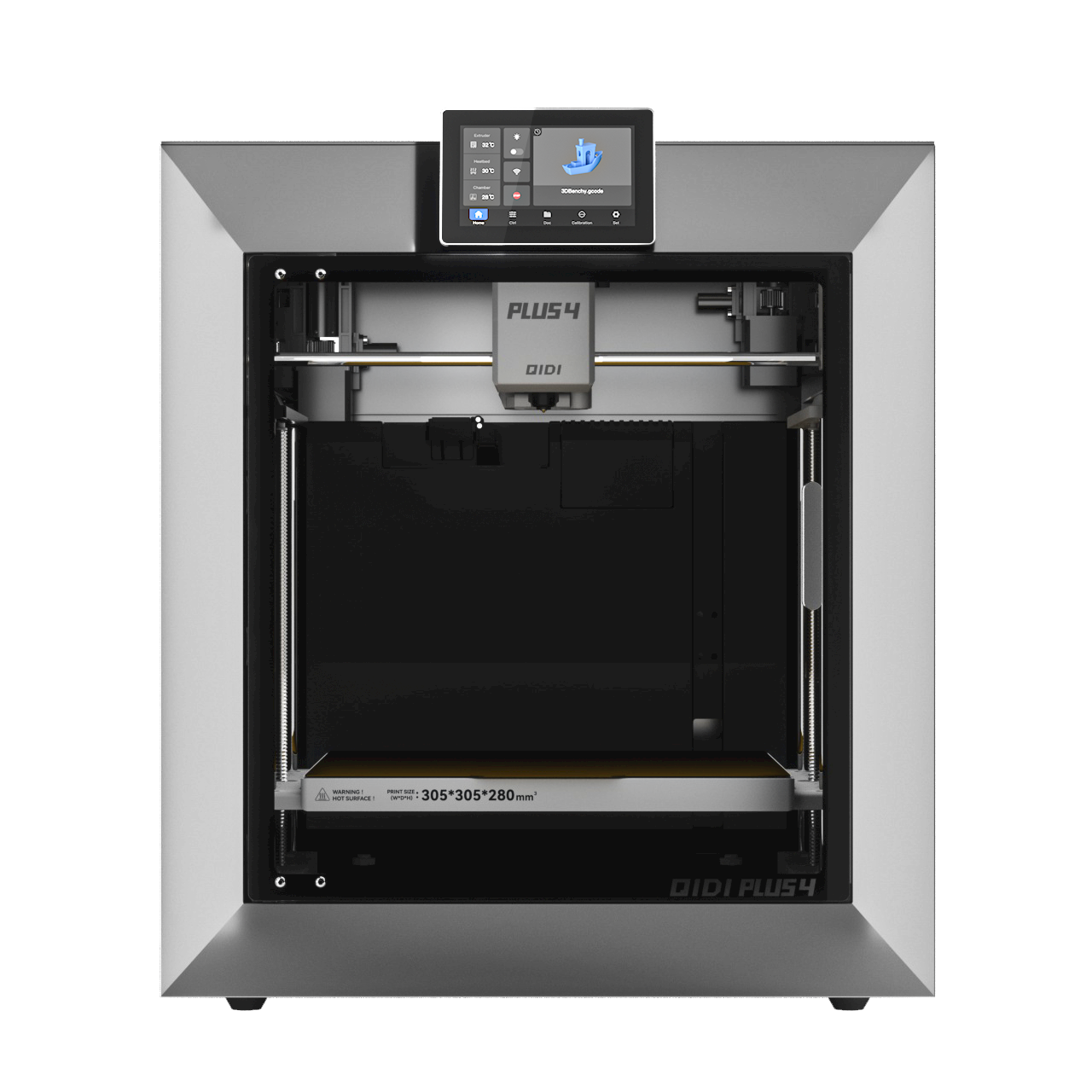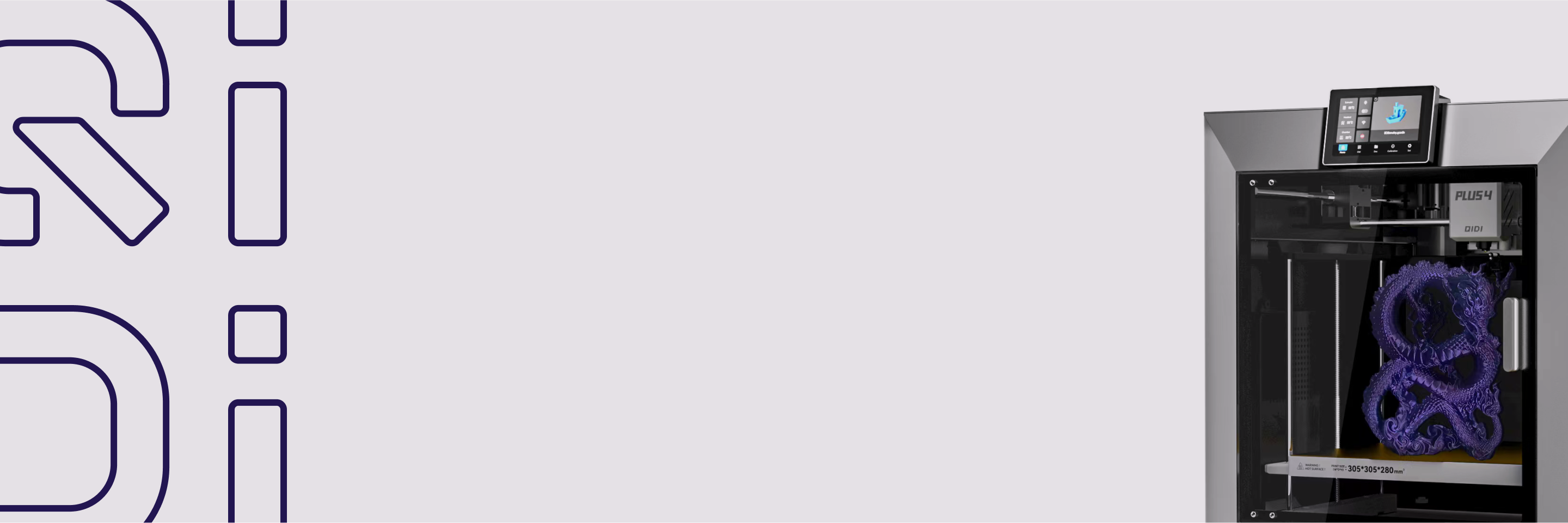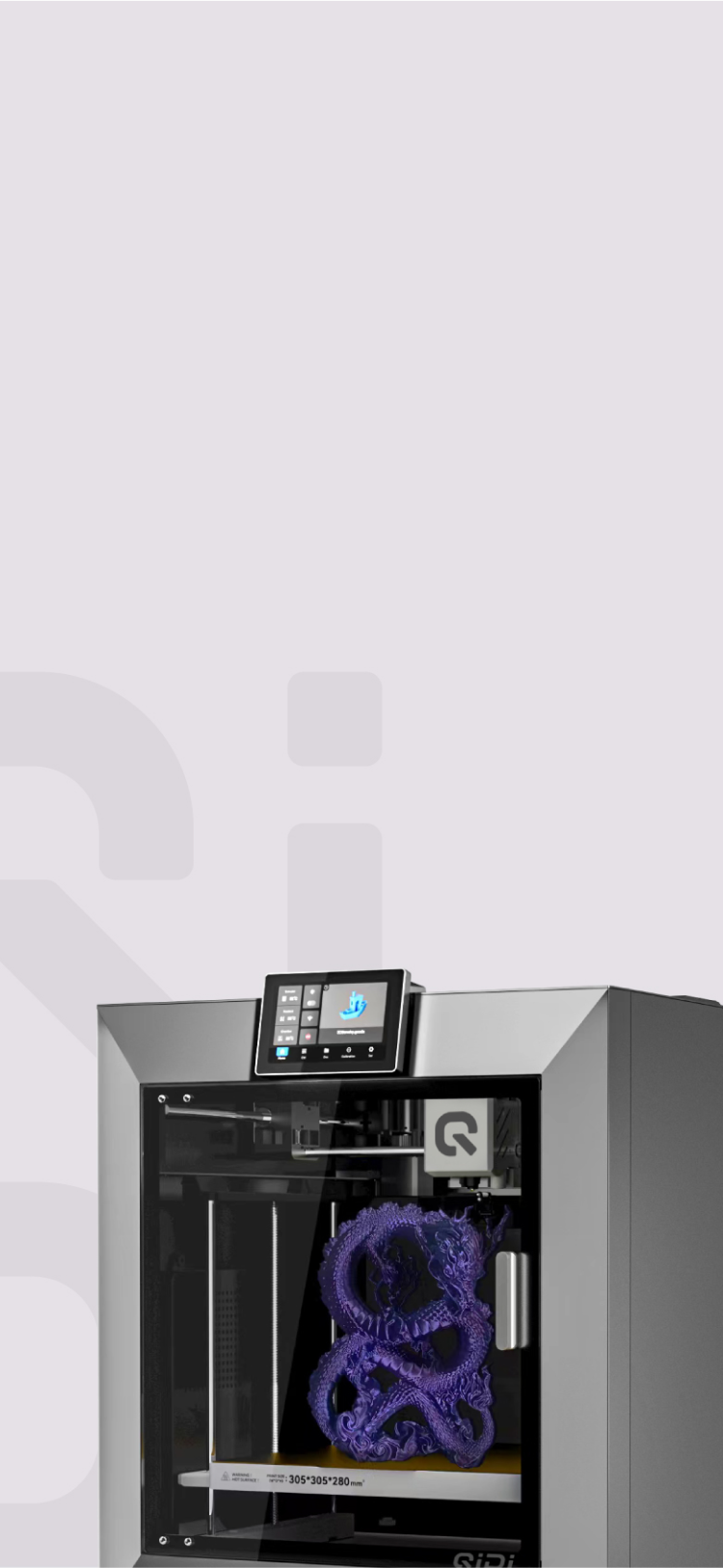3D 프로젝트에 적합한 산업 등급 복합 재료를 선택하는 방법


3D 프린팅 부품이 일반 플라스틱보다 더 강하고 내구성이 뛰어나야 한다면 산업용 복합 소재를 고려해야 합니다. 이러한 고급 소재를 사용하면 견고하고 가벼우며 내구성이 뛰어난 기능성 부품을 제작할 수 있습니다. 엔지니어링이나 제품 설계 분야에 종사하는 사람이라면 누구에게나 적합한 복합 소재를 선택하는 것은 매우 중요한 단계입니다. 선택하는 소재는 부품의 성능, 내구성, 그리고 비용에 영향을 미칩니다. 이 가이드는 적합한 소재를 선택하는 데 도움이 되는 간단한 방법을 제공합니다. 최고의 소재 귀하의 프로젝트의 특정 요구 사항에 맞게.
산업용 3D 프린팅 복합재란 무엇인가?
3D 프린팅용 산업용 복합재는 기본 플라스틱과 강화 섬유, 두 가지 주요 부분으로 구성됩니다. 각 부분의 기능을 이해하는 것이 적합한 제품을 선택하는 데 중요합니다.
기본 폴리머 및 강화 섬유
기본 폴리머 또는 매트릭스는 부품에 기본적인 형태와 내화학성 또는 내열성과 같은 특성을 부여하는 주요 플라스틱입니다. 일반적인 선택으로는 나일론(PA)이나 PETG극한의 온도와 가혹한 화학 물질을 처리할 수 있는 PEEK와 같은 고성능 폴리머도 있습니다.

강화 섬유는 복합재에 높은 강도를 부여합니다. 이 섬유는 기본 폴리머에 혼합되어 강성 및 내충격성과 같은 기계적 특성을 크게 향상시킵니다. 가장 일반적인 세 가지 섬유는 탄소 섬유, 유리 섬유, 그리고 케블라®.
절단 섬유 vs. 연속 섬유
플라스틱에 섬유를 추가하는 방식은 최종 부품의 성능에 큰 차이를 만듭니다.
절단 섬유는 인쇄 전 플라스틱 필라멘트에 혼합된 짧은 섬유 가닥입니다. 부품이 인쇄됨에 따라 이러한 섬유가 재료 전체에 분산되어 부품 전체가 기본 플라스틱만보다 더 강하고 단단해집니다. 많은 표준 3D 프린터 연마재로 인해 마모되지 않는 경화된 노즐이 있는 한 이러한 필라멘트를 사용할 수 있습니다.
반면, 연속 섬유는 끊어지지 않은 단일 가닥으로, 특수 프린터와 두 번째 노즐을 통해 프린팅 과정에서 부품 내부에 적층됩니다. 이 공정을 통해 필요한 곳에 정확하게 강도를 부여하여 기계 가공된 알루미늄만큼 강하면서도 훨씬 가벼운 부품을 제작할 수 있습니다. 이러한 특징으로 인해 금속 부품을 3D 프린팅 복합 소재로 대체하는 것이 가능해집니다.
3D 프로젝트에 적합한 소재를 선택하는 방법
적합한 소재가 항상 가장 튼튼한 것은 아닙니다. 실용적이고 비용 효율적인 방식으로 프로젝트의 요구를 충족하는 소재가 중요합니다. 명확한 프로세스를 따르면 과도하게 설계되고 불필요하게 비싼 소재를 선택하는 것을 피할 수 있습니다.
1단계: 요구 사항 정의
먼저, 부품의 기능과 예상되는 작동 조건을 정의합니다. 여기에는 기계적, 열적, 화학적 요구 사항을 평가하는 것이 포함됩니다.
- 기계적 요구 사항: 이것이 복합 소재를 사용하는 주된 이유입니다. 부품이 견뎌야 하는 힘을 고려하세요. 지지 브래킷이나 제조 지그처럼 굽힘을 견딜 수 있는 높은 강도와 강성이 필요한가요? 아니면 로봇 그리퍼에서 흔히 볼 수 있는 낙하 또는 충격에도 견딜 수 있는 인성과 내충격성이 필요한가요? 움직이는 부품의 경우, 피로 저항성과 내마모성이 매우 중요합니다.
- 열 요구 사항: 작동 온도는 중요한 요소입니다. 재료의 열변형 온도(HDT)는 하중을 받았을 때 재료가 연화되기 시작하는 시점을 나타냅니다. 이는 모터, 차량 또는 고온의 공장 환경에서 사용되는 부품에 매우 중요합니다.
- 화학 및 환경 요구 사항: 부품의 환경을 고려하세요. 오일, 냉각수 또는 기타 화학 물질에 노출될 가능성이 있습니까? 실외 부품은 취성을 방지하기 위해 자외선 안정성이 필요합니다.정밀 공구는 습한 환경에서도 치수 정확도를 유지하기 위해 낮은 수분 흡수율이 필요합니다.
2단계: 귀하의 요구 사항의 우선순위 지정
요구사항 목록을 작성했다면, 무엇이 "필수"이고 무엇이 "있으면 좋은" 것인지 결정하세요. 이는 거의 항상 상충 관계의 균형을 맞춰야 하기 때문에 중요합니다. 예를 들어, 탄소 섬유는 높은 강성을 제공하지만 케블라®보다 취성이 더 높습니다. PEEK와 같은 고온 플라스틱은 성능이 우수하지만 나일론보다 가격이 훨씬 비쌉니다. 요구사항을 순위별로 정리하면 가장 중요한 사항에 집중하고 균형 잡히고 경제적인 솔루션을 찾는 데 도움이 됩니다.
강화 섬유의 비교
애플리케이션의 요구 사항을 명확하게 정의하고 우선순위를 정했으므로 이제 어떤 강화 섬유가 가장 적합한지 평가할 수 있습니다. 각 강화 섬유는 서로 다른 이점을 제공합니다.
탄소 섬유
탄소 섬유는 강성과 견고성을 동시에 갖춰야 하는 물체에 가장 적합한 소재입니다. 따라서 항공우주 및 로봇 부품을 더 가볍게 만들거나, 더 무겁고 알루미늄으로 제작된 부품을 대체할 수 있는 산업용 공구를 만드는 데 적합합니다. 하지만 매우 단단하기 때문에 매우 약해서 강한 충격을 받는 상황에는 적합하지 않습니다. 비용이 가장 많이 들고, 강화 방법 중 가장 비쌉니다.
유리섬유
유리 섬유는 튼튼하고 내구성이 뛰어난 소재로, 다양한 용도로 사용할 수 있습니다. 가격도 매우 저렴합니다. 전기가 통하지 않기 때문에 플라스틱보다 더 강해야 하는 시제품, 전자 하우징, 그리고 범용 지그와 고정 장치에 자주 사용됩니다. 탄소섬유 탄소 섬유보다 더 강하지만, 더 가볍고 단단합니다.

케블라®(아라미드 섬유)
아라미드 섬유로 만들어진 케블라®는 매우 튼튼하고 쉽게 마모되지 않아 내구성이 뛰어난 최고의 소재입니다. 섬세한 부품을 고정하는 소프트 조(soft jaw)나 거친 사용으로 손상되는 조립 부품처럼 오랫동안 사용되어야 하는 부품에 적합합니다. 사포질이나 가공이 어렵고, 유리 섬유나 탄소 섬유만큼 압축 강도가 높지 않습니다.
재료 선택을 넘어: 성공을 위한 실용적인 요소
올바른 재료 선택 는 방정식의 일부일 뿐입니다. 프린터의 성능, 부품 설계, 그리고 예산 또한 성공을 위해 마찬가지로 중요합니다.
3D 프린터 요구 사항
모든 3D 프린터가 이러한 재료를 처리할 수 있는 것은 아닙니다. 앞서 언급했듯이, 잘게 잘린 섬유는 연마성이 있어 경화강 노즐 손상을 방지하기 위해 PEEK와 같은 고온 플라스틱은 성공적으로 출력하려면 가열된 빌드 챔버가 있는 프린터가 필요합니다. 그리고 앞서 언급한 연속 섬유의 뛰어난 강도를 원한다면 해당 기술이 특별히 적용된 프린터를 사용해야 합니다.
적층 제조를 위한 설계(DfAM)
복합 소재를 최대한 활용하려면 해당 소재에 맞춰 부품을 설계해야 합니다. 금속용 디자인을 그대로 인쇄해서 잘 작동할 거라고 기대할 수는 없습니다. 앞서 파악한 강도 요건을 충족하려면 설계를 최적화해야 합니다. 연속 섬유의 경우, 응력이 가장 높은 경로를 따라 섬유를 배치해야 합니다. 또한 위상 최적화 소프트웨어를 사용하여 필요한 곳에만 재료를 사용하여 강도 대 중량 비율을 극대화하는 설계를 만들 수 있습니다.
예산 및 생산량
마지막으로 총 비용을 고려하세요. 여기에는 가격뿐만 아니라 재료 스풀인쇄 시간뿐만 아니라 프린터의 마모 및 손상도 고려해야 합니다. 더 비싸고 성능이 더 높은 옵션을 선택하기 전에, 저렴한 합성 소재가 모든 "필수" 요구 사항을 충족할 수 있는지 항상 평가하십시오.
3D 프로젝트와 명확한 계획을 추진하세요!
훌륭한 복합 소재 부품을 만드는 과정은 신중한 단계의 과정입니다. 프로젝트에 필요한 것이 무엇인지 명확하게 이해하는 것부터 시작됩니다. 먼저 요구 사항을 정의하면 탄소 섬유, 유리 섬유, 케블라®와 같은 소재의 고유한 장점을 효과적으로 비교할 수 있습니다. 프린터, 설계 전략, 예산까지 고려하면 추측이 아니라 합리적인 엔지니어링 결정으로 이어질 수 있습니다. 이러한 실용적인 접근 방식을 통해 제작하는 부품이 안정적이고 효과적이며 프로젝트에 적합한지 확인할 수 있습니다.


 Q2
Q2





